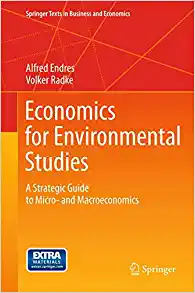


solve the calculation and explain the concept thankyou
7. Consider a representative agent economy in which household preferences are given by: Eo S' Ing + Aln (1 - h)] 1 0 Each period, households supply labor he, and capital, ke, to firms; the factor prices are denoted w and re,respectively. In addition, they choose consumption 2 and investment every period. The depreciation rate of capital is 100%. Firms in the economy have technology given by: where & denotes an i.i.d. technology shock with E () = 1. Firms make input choices in order to maximize profits. Given this environment, do the following: (a) Define a recursive competitive equilibrium. (b) Solve for the equilibrium functions which determine consumption, capital, and labor. (c) Suppose a new asset that entitles the owner to the stream of future con- sumption is introduced into this economy. That is, this asset is identical to equity whose dividend is consumption. Let q denote the price of this asset; solve for the equilibrium price of equity. (d) Since capital chosen in period , i.e. At+1, can be used to generate the future path of expected consumption, it would seem logical that kitt = q. Prove that this is not the case. Why? (e) Suppose one used Hall's method to test the implications of the permanent income hypothesis within this economy; would the stochastic implications of the life-cycle hypothesis be supported? (Note: The analysis is simplified if all variables are in logs.)6. Consider a variation of the Sidrauski monetary model with a constant popu- lation. Specifically, assume that the representative agent's maximize lifetime utility is given by: [ . U (a) + V () 1=0 where U (.) and V (.) are concave, twice-differentiable functions, c (t) denotes consumption and M () is money chosen in period . Each period, agents use beginning of period nominal balances, the revenue from sales of output and a lump-sum monetary transfer to purchase consumption, investment and new money. In contrast to the Sidrauski model, both capital and money are used as inputs into the production process. Letting y denote output, the production function is given by: yt f ( ke ) where =' (.) 0, = (0) =1, lim = (M./P) =0. The function f (k;) has standard properties. The money supply in this economy is growing at the constant rate / > 0 and capital depreciates at the constant rate of 6












